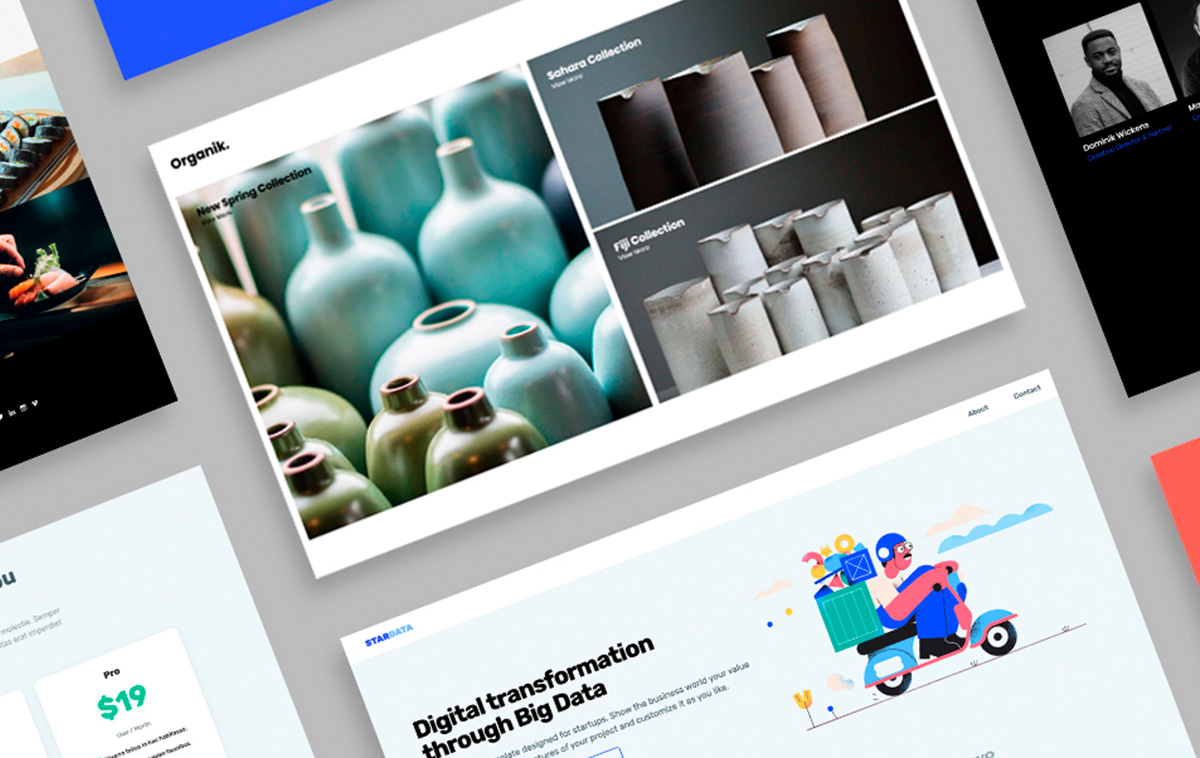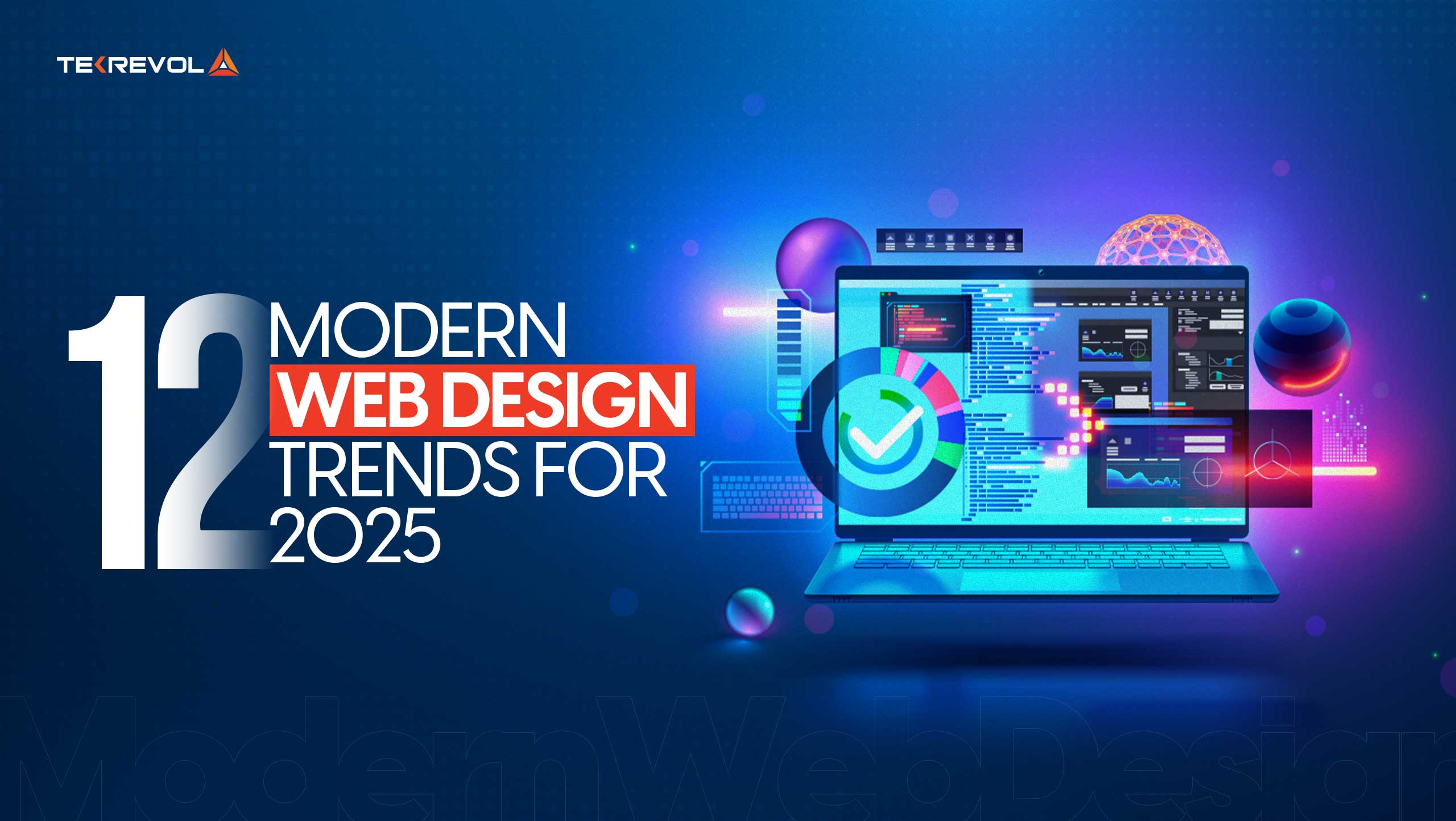Aligned Position Web Design: Delivering High-Quality, User-Friendly Web Designs for Every Industry
Aligned Position Web Design: Delivering High-Quality, User-Friendly Web Designs for Every Industry
Blog Article
The Ideal Types of Website Design to Enhance User Experience and Engagement
In the ever-evolving landscape of electronic interaction, the efficiency of Web design considerably affects individual experience and engagement. Numerous style techniques, such as minimalist, receptive, and interactive designs, each offer unique benefits that can accommodate diverse user needs. Understanding which kinds of Web design finest serve these objectives can be pivotal for organizations intending to boost consumer satisfaction and retention. However, the concern continues to be: which layout elements absolutely resonate with customers and foster meaningful engagement? The expedition of these concepts reveals critical understandings that may redefine your method to website design.
Minimalist Web Layout
As digital landscapes become increasingly messy, minimalist Web layout has actually become a powerful method to boosting individual experience. This design ideology focuses on simpleness, concentrating on important elements while eliminating unnecessary interruptions. By using ample white room, uncomplicated navigation, and a limited shade palette, minimalist layout promotes clearness and directs individual attention to key material.
The core concept of minimalist website design is to develop a seamless interaction for individuals. By minimizing cognitive load, individuals can promptly grasp information without really feeling overwhelmed. This direct technique not just improves usability but also encourages engagement, as site visitors are most likely to explore a website that is aesthetically attractive and easy to navigate.
Furthermore, minimal layout often stresses typography and images, utilizing these components tactically to share messages successfully. This emphasis on necessary parts can boost brand name identification and create an unforgettable individual experience. In essence, minimalist website design is not just a fad; it is a thoughtful approach that identifies the relevance of user-centered style. By removing extraneous components, designers can create a more appealing, reliable, and pleasurable Web experience for all customers.
Receptive Web Style
In today's varied digital environment, receptive website design has actually come to be essential for creating a seamless user experience across a plethora of gadgets. As customers accessibility sites on mobile phones, tablet computers, laptops, and desktop computers, the capability of a site to adapt its format and web content to different screen sizes and resolutions is critical.
Receptive website design uses versatile grids, images, and CSS media questions to ensure that Web content is presented optimally, no matter the tool used. This method not just enhances the visual allure of a site but likewise dramatically boosts functionality. Users are most likely to engage with a website that provides a consistent experience, as it eliminates the disappointment of needing to zoom in or scroll exceedingly.
Moreover, internet search engine, including Google, prioritize mobile-friendly web sites in search positions. By adopting responsive layout, companies can enhance their visibility and get to a broader audience. This approach also simplifies website upkeep, as a single version of the website can cater to all tools, reducing the requirement for multiple variations. In summary, responsive Web layout is a basic practice that improves individual experience, interaction, and overall contentment.
Interactive Website Design
Responsive website design prepares for improving individual experience, but interactive Web layout takes this an action additionally by involving users in a much more dynamic method - Aligned Position Web Design. By incorporating components such as animations, clickable prototypes, and real-time responses, interactive website design mesmerizes customers, attracting them right into a richer browsing experience
This method not just cultivates involvement yet likewise encourages individuals to explore material actively rather than passively eating it. Methods such as gamification, where individuals earn rewards for completing tasks, can dramatically boost the moment spent on a site and enhance total fulfillment. Interactive attributes can streamline intricate info, making it extra digestible and satisfying.

Incorporating interactive style elements can additionally result in higher conversion rates, as users are most likely to engage with a website that actively entails them. Aligned Position Web Design. Inevitably, interactive Web design changes user experiences right into unforgettable journeys, making sure that site visitors return time after time
Flat Layout
Defined by its minimalistic approach, level style stresses simpleness and capability, stripping away unneeded components and concentrating on essential attributes. This design approach prioritizes functionality, making sure that users can browse interfaces easily and efficiency. By using a tidy aesthetic, flat layout removes the clutter often located in much more luxuriant designs, therefore boosting customer concentrate on content and performance.
The hallmark of flat style depends on its use strong colors, easy typography, and geometric shapes. These elements add to an aesthetically attractive user interface that is both friendly and modern. Furthermore, level design cultivates a feeling of quality, enabling individuals to recognize necessary actions and details without diversion.
Furthermore, level style is especially efficient in responsive Web layout, as its see simpleness converts well throughout different devices and screen sizes. By focusing on vital functions, flat design not just fulfills user needs but likewise urges seamless communication, making it Recommended Reading a crucial element of efficient Web layout approaches.
Adaptive Website Design
Flexible Web style customizes the individual experience by developing multiple repaired layouts tailored to different screen sizes and gadgets. Unlike receptive layout, which fluidly changes a solitary design, adaptive design employs distinctive layouts for details breakpoints, guaranteeing optimum discussion on various platforms. This method allows developers to concentrate on the one-of-a-kind characteristics of each device, enhancing use by supplying precisely what users need based upon their context.
One of the key benefits of adaptive website design is its capacity to maximize load times and efficiency. By offering customized material and photos that fit the individual's tool, internet sites can reduce information use and boost loading speeds. This is particularly beneficial for individuals with slower links or restricted data plans.

Additionally, flexible design helps with a more regulated and constant branding experience. Considering that designers create numerous layouts, they can make sure that the visual you can try here elements align with the brand's identification throughout various systems - Aligned Position Web Design. This results in a cohesive user experience, improving involvement and promoting user retention
Verdict
Minimalist layout fosters quality and emphasis, while responsive layout makes certain flexibility throughout various tools, promoting ease of access. Jointly, these style comes close to add to the development of straightforward environments that not just improve complete satisfaction however also drive higher conversion rates, highlighting their essential importance in modern Web layout strategies.

Minimal layout cultivates quality and emphasis, while receptive design ensures versatility across different tools, advertising availability. Collectively, these style approaches contribute to the development of easy to use environments that not just boost contentment yet additionally drive greater conversion rates, underscoring their important value in contemporary Web layout strategies.
Report this page